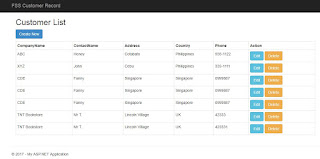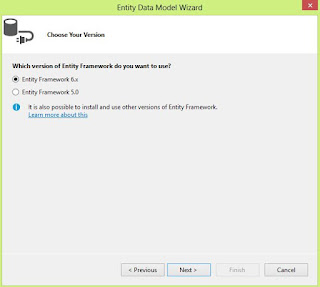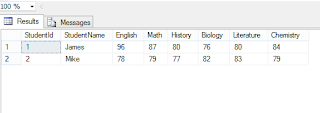Add Row Number Dynamically To Query Results In T-SQL

Aloha fellow developers! I have this scenario wherein I need to display row numbers in my result set given that the rows don't have a ID column and each row number represents the month number of a specific month. SELECT A.fsyear_num as 'Fiscal Year' , [MonthName] FROM CTE_GrossProfit_SalesByClass_Current_FSYear A I know that row number is the solution but I need to tweak this to handle my requirement. After reading the forums and docs, I found out that adding a select statement with COUNT() inside the Over By clause is the solution. SELECT A.fsyear_num as 'Fiscal Year' , ROW_NUMBER() Over( Order BY ( Select Count ( * ))) AS MonthNum, [MonthName] FROM CTE_GrossProfit_SalesByClass_Current_FSYear A ORDER BY MonthNum ASC







